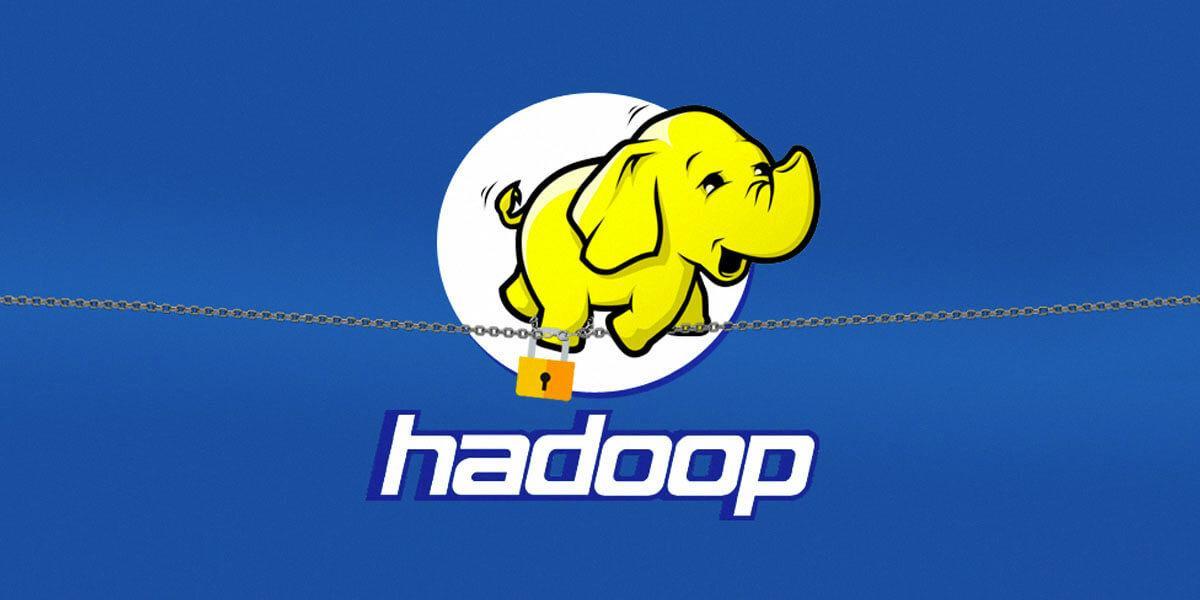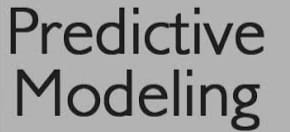Description
Introduction of Highcharts for Machine Learning:
In the field of machine learning, effectively visualizing model outputs is crucial for understanding performance, interpreting results, and communicating insights. “Highcharts for Machine Learning: Visualizing Model Outputs” is a specialized course designed to teach data scientists and machine learning practitioners how to use Highcharts to create compelling visualizations of model outputs. This course focuses on leveraging Highcharts to visualize key aspects of machine learning models, such as predictions, evaluations, and metrics, to enhance interpretation and presentation.
By the end of this course, participants will be adept at using Highcharts to visualize and communicate machine learning results, enabling better decision-making and insights.
Prerequisites
To fully benefit from this course, participants should have:
- Basic Knowledge of Machine Learning: Familiarity with machine learning concepts, models, and evaluation metrics.
- Proficiency in JavaScript: Basic understanding of JavaScript, including functions, variables, and event handling.
- Experience with Data Visualization: Previous experience with data visualization tools or libraries is beneficial.
- Basic Web Development Skills: Understanding of HTML and CSS for creating and styling web-based visualizations.
Table of Contents
1: Introduction
1.1 Overview of Machine Learning Model Outputs and Their Importance
1.2 Introduction to Highcharts and Its Capabilities for Machine Learning Visualizations
1.3 Course Objectives and Structure
2: Setting Up Highcharts for Machine Learning Visualizations
2.1 Installing and Configuring Highcharts
2.2 Understanding Highcharts’ Components for Visualizing Machine Learning Data
2.3 Preparing Your Development Environment for Model Visualization
3: Visualizing Model Predictions
3.1 Creating Basic Charts for Model Predictions: Line Charts, Scatter Plots
3.2 Visualizing Prediction Distributions and Confidence Intervals
3.3 Comparing Model Predictions with Actual Values
4: Evaluating Model Performance
4.1 Implementing Charts for Performance Metrics: ROC Curves, Precision-Recall Curves
4.2 Visualizing Confusion Matrices and Classification Reports
4.3 Analyzing Feature Importances and Model Coefficients
5: Advanced Visualization Techniques for Machine Learning
5.1 Creating Multi-Series and Combination Charts for Comparative Analysis
5.2 Visualizing Clustering Results and Dimensionality Reduction
5.3 Implementing Heatmaps and Bubble Charts for Complex Metrics
6: Interactive Features for Model Visualization
6.1 Adding Interactive Elements: Tooltips, Data Points, and Zoom
6.2 Implementing Filters and Drilldowns for Detailed Analysis
6.3 Creating Dynamic Updates for Real-Time Model Results
7: Integrating Highcharts with Machine Learning Workflows
7.1 Connecting Highcharts with Machine Learning Libraries (e.g., TensorFlow, scikit-learn)
7.2 Automating Data Visualization from Model Pipelines(Ref: Working with Docker | Kubernetes | GoLang on CI/CD Pipelines)
7.3 Case Study: Developing a Dashboard for Model Monitoring and Evaluation
8: Enhancing Visualizations for Better Interpretation
8.1 Customizing Chart Styles, Colors, and Layouts for Clarity
8.2 Adding Annotations, Markers, and Legends to Highlight Key Insights
8.3 Designing Responsive and User-Friendly Visualizations
9: Performance Optimization for Large Model Outputs
9.1 Techniques for Efficiently Handling Large Volumes of Model Data
9.2 Performance Tuning for Fast and Responsive Visualizations
9.3 Best Practices for Data Aggregation and Visualization
10: Sharing and Presenting Machine Learning Insights
10.1 Exporting Visualizations for Reports and Presentations
10.2 Embedding Charts in Web Applications and Interactive Dashboards
10.3 Sharing Interactive Visualizations with Stakeholders and Decision-Makers
11: Final Project and Course Wrap-Up
11.1 Final Project: Creating a Comprehensive Visualization Solution
11.2 Presentation and Review of Projects
11.3 Summary of Key Techniques and Best Practices
11.4 Q&A and Next Steps in Machine Learning Visualization
To conclude; This course equips you with the skills to effectively visualize and interpret machine learning outputs. Mastering Highcharts will enhance your data storytelling capabilities, driving better decision-making.







Reviews
There are no reviews yet.